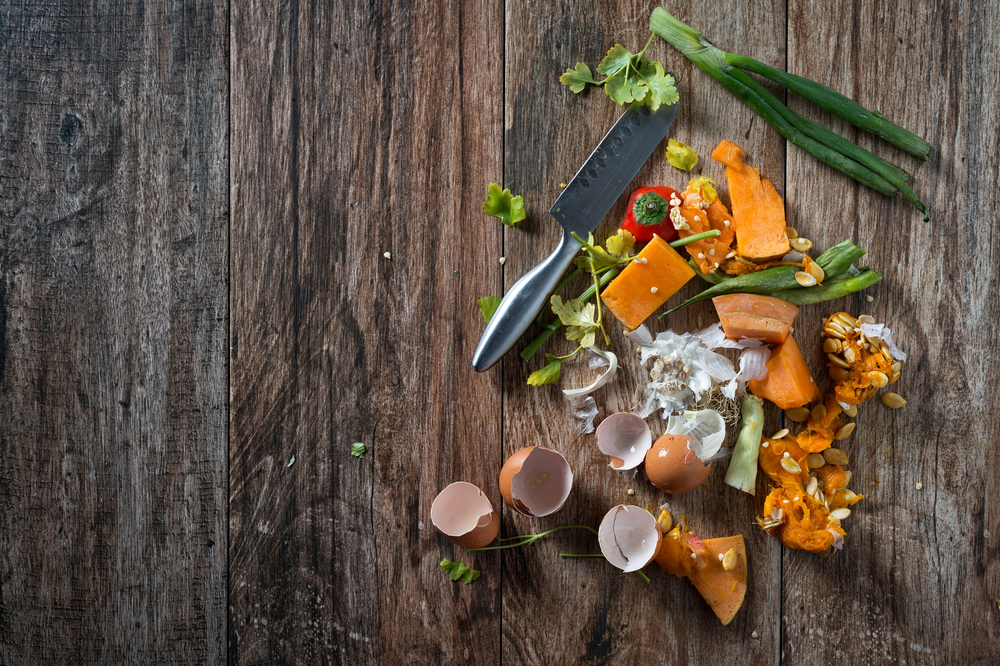What American Resiliency Looks Like

Here at our farm, we’re having the best business spring in our history. Folks are jumping off the supermarket wagon and searching for better food.
COVID-19 is bringing many things to light… One of the most interesting is the frailty of our vaunted industrial-agricultural complex.
Centralization, concentration, mega-farms and mega-processing plants with intricate, convoluted chains of custody to the supermarket are proving vulnerable.
Just last week a couple of Pennsylvania farmers visited me and told me that industry officials foamed (exterminated) six neighboring chicken houses because the processing plants could not handle the chickens. Too many workers out with the coronavirus.
For the first time in my lifetime, people are worried about getting food.
We’ve had numerous calls from folks asking how they can get on our A-list, to be assured that we will take care of them if things continue to fail.
This has led me to thinking about what positive changes a black swan event like COVID-19 could create in the future.
[mw-adbox]
Let’s Talk Chicken
Since I’m a simple guy on a simple farm out in simple country, I find it helpful to take a megatrend and break it down into something we can all understand.
So let’s talk chicken for a minute.
If decentralized, pastured poultry replaced all the factory chicken houses in the country, what would that look like?
Let’s assume that chicken distancing works as well as social distancing.
Right now, the average American’s annual per capita consumption of chicken is about 70 pounds. The U.S. population is about 330 million, which means we eat about 23 billion pounds of chicken each year.
If we assume each chicken has 3 pounds of edible meat on its bones, we need about 7 billion chickens.
The average commercial chicken farm in the U.S. grows more than 1 million birds per year, which means the U.S. requires 7,000 chicken farms.
(Many farms produce far more than 1 million… I’m just trying to stay in the ballpark and keep things simple.)
Let’s Compare
In contrast, let’s assume that all these chickens were raised on pasture like we do here at Polyface.
A very nice living could be derived from raising 30,000 chickens per year. Some places would raise them only seven months of the year like we do here in Virginia, and others could raise them year-round like in Florida.
In any case, let’s assume these full-time (no commute to town for a real job) farmers average 30,000 per year. That would require 233,333 farms. That’s quite a jump from 7,000.
Some people obviously would raise these chickens as a side gig. But just imagine the inherent chicken distancing that would occur if the current U.S. chicken population were housed on 233,333 farms (probably more like 300,000) rather than 7,000.
And remember, these pasture-raised chickens would not need concrete floors, expensive houses and incumbent mortgages, nor all the ancillary infrastructure from manure spreaders, bedding stirrers, fans and motors.
By spreading out, water requirements wouldn’t be concentrated in one place, which would take pressure off aquifers.
At our farm, we use pond water for the chickens, and they do fine because they have healthy immune systems. (Oh, we don’t use antibiotics either.)
Imagine these chickens, all dotting the countryside, thousands and thousands of neighborhood-scaled farms that don’t make odors even when you’re standing among the chickens.
Now that’s different.
Building Up Rural Communities
Okay, that’s the production end. How about the processing end?
Plants vary in size, of course, but a good ballpark is a plant that dispatches 200,000 chickens per day. That means in the U.S. we have fewer than 100 chicken processing plants.
These are massive places, where blood, feathers, guts, water, and, yes, workers (most of whom did not grow up in the neighborhood) converge in time and space.
In contrast, imagine small, 10-person plants that would dispatch about 150,000 per year. Right now, I have a friend who retrofits shipping containers into small poultry abattoirs. He’ll customize it for your needs and ship it to you. It sits on four concrete pillars – no foundation – so it doesn’t even require a building permit.
Because the water load is relatively small, 10 acres can handle all the processing water as fertigation (fertilizer irrigation). No expensive water treatment plant required.
This model would require about 50,000 facilities to handle the 7 billion chickens. Can you imagine going from 100 facilities to 50,000 facilities?
These would dot the countryside too, offering microbusiness opportunities in thousands of struggling rural communities around the nation.
They would fit beautifully into their ecological nest, provide community employment, and stay in balance with the water and resource base directly surrounding it.
Once processed, those chickens could go to further processing or be distributed to any number of market channels.
Time for Resiliency
Many, many people dismiss integrity food out of hand because they can’t imagine a system that would supply the volume.
When you break it down into simple math, though, you can see a completely viable system.
It looks different, of course, but that’s the whole point.
Without question, a completely decentralized system is viable and far less vulnerable to shocks (and COVID-19) than the current allegedly efficient system.
When people starve, they don’t care about efficiency. They care about resiliency.
I suggest it’s time to build resiliency first.
Nature would smile on our nation.






